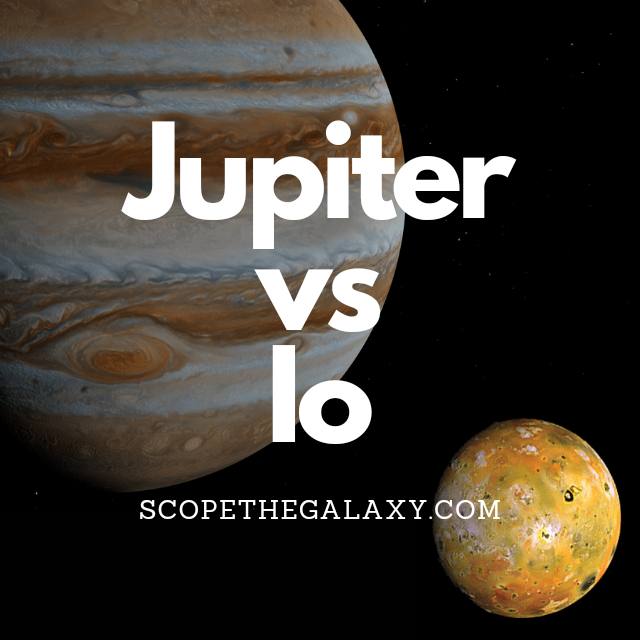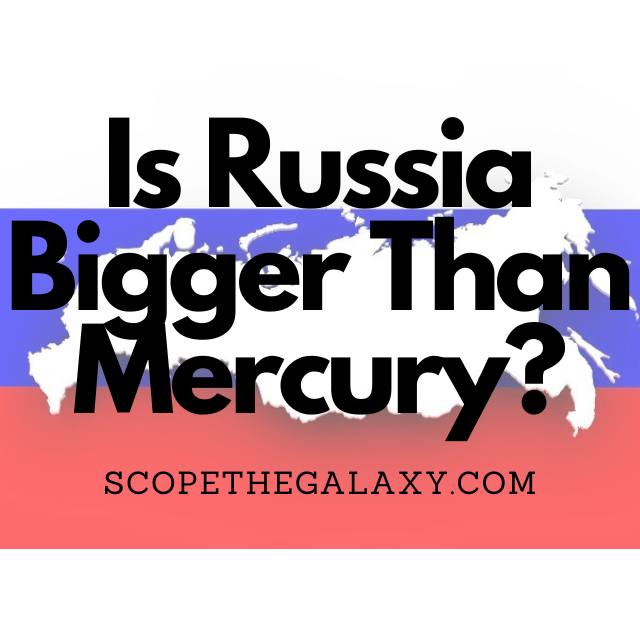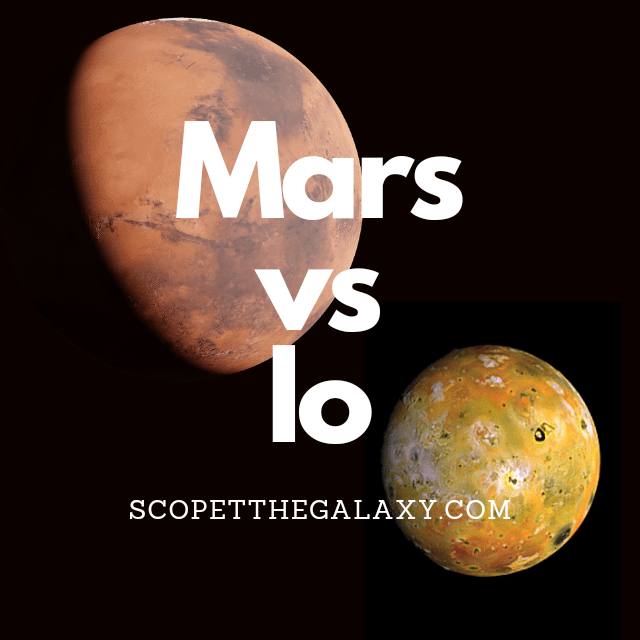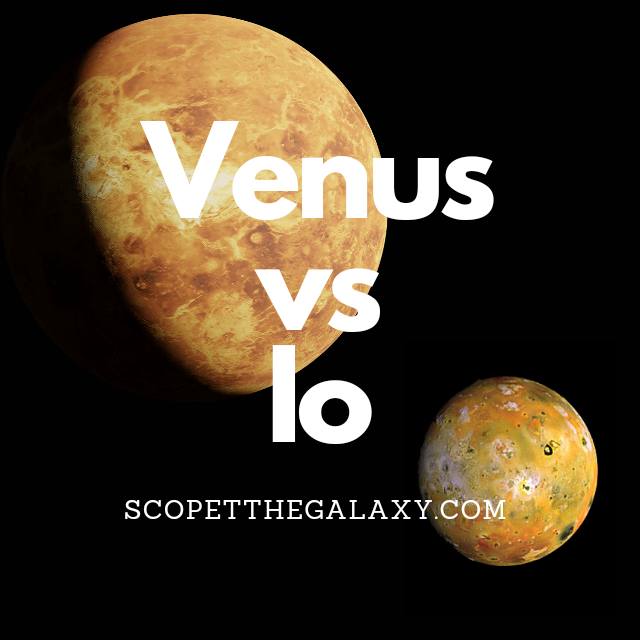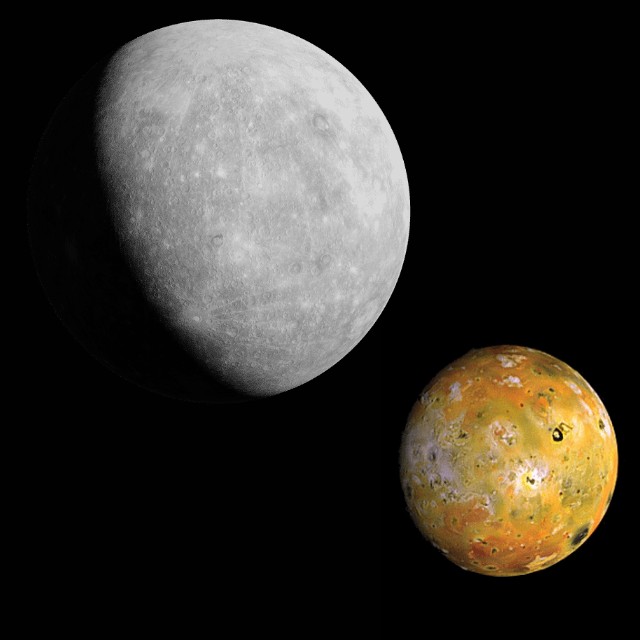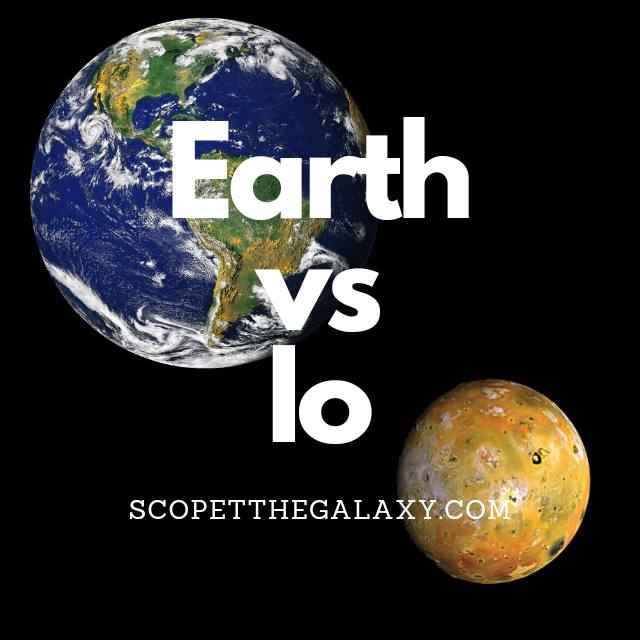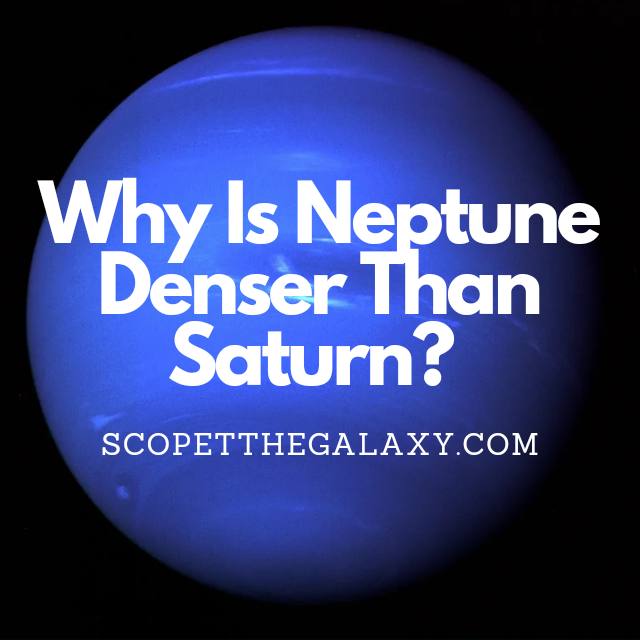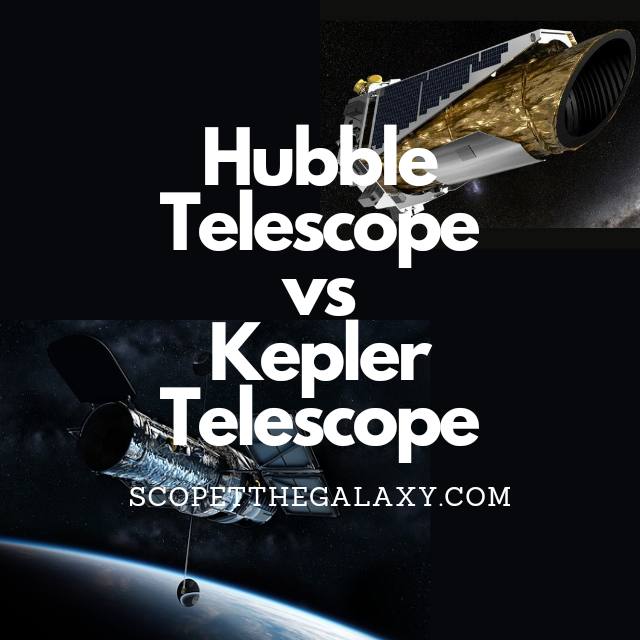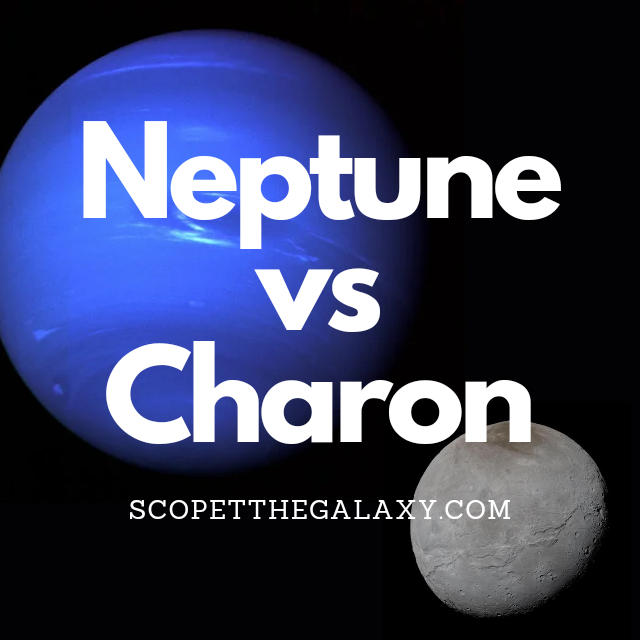Jupiter vs Io (How Are They Different?)
The main differences between Jupiter and Io are that Jupiter is the largest planet in the solar system with a diameter of 139,820km whilst Io is the 4th largest moon with a diameter of 3,643km, Jupiter has 79 moons orbiting it whilst Io has 0 other moons orbiting it, Io is amongst the most volcanically … Read more

